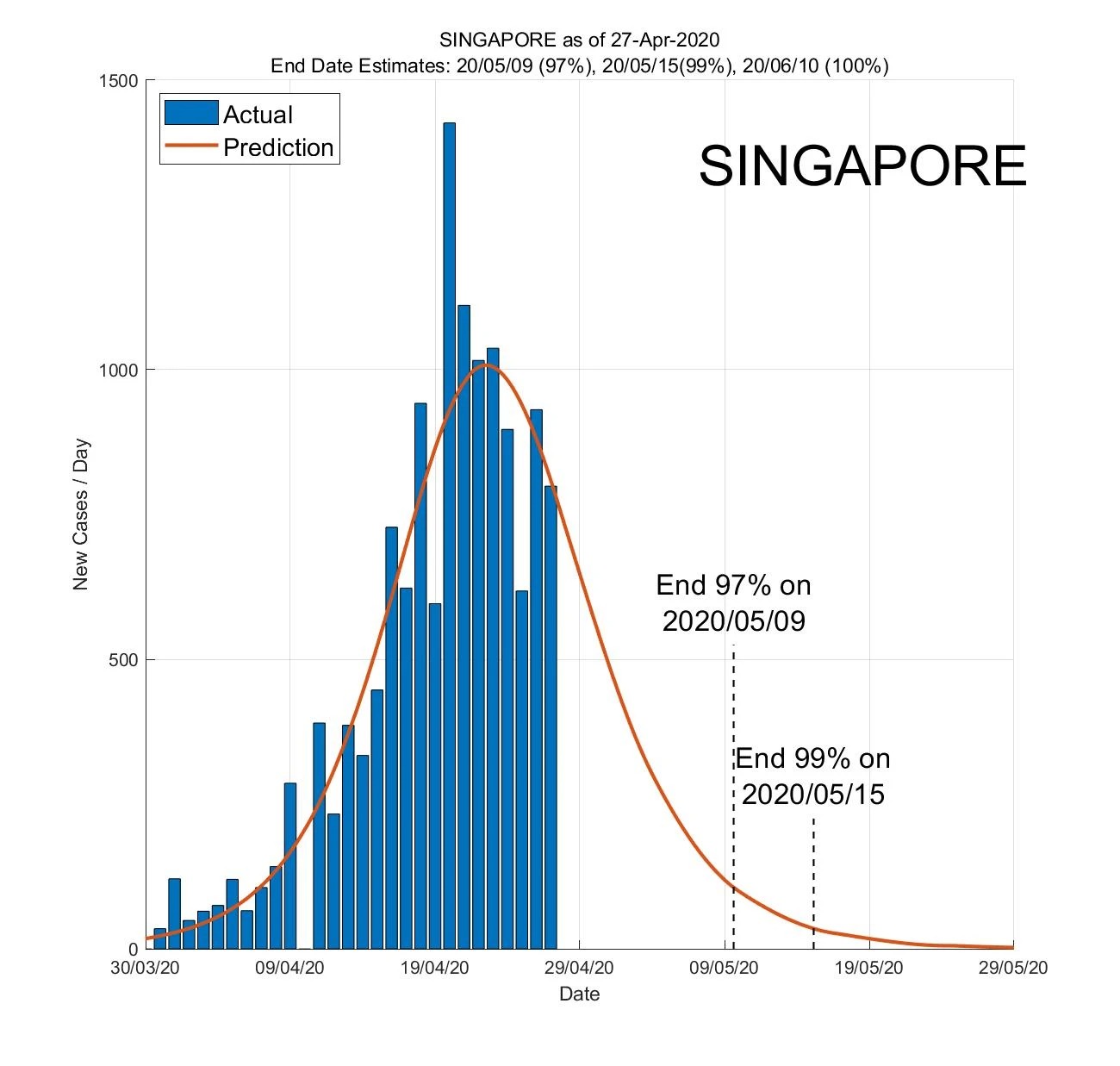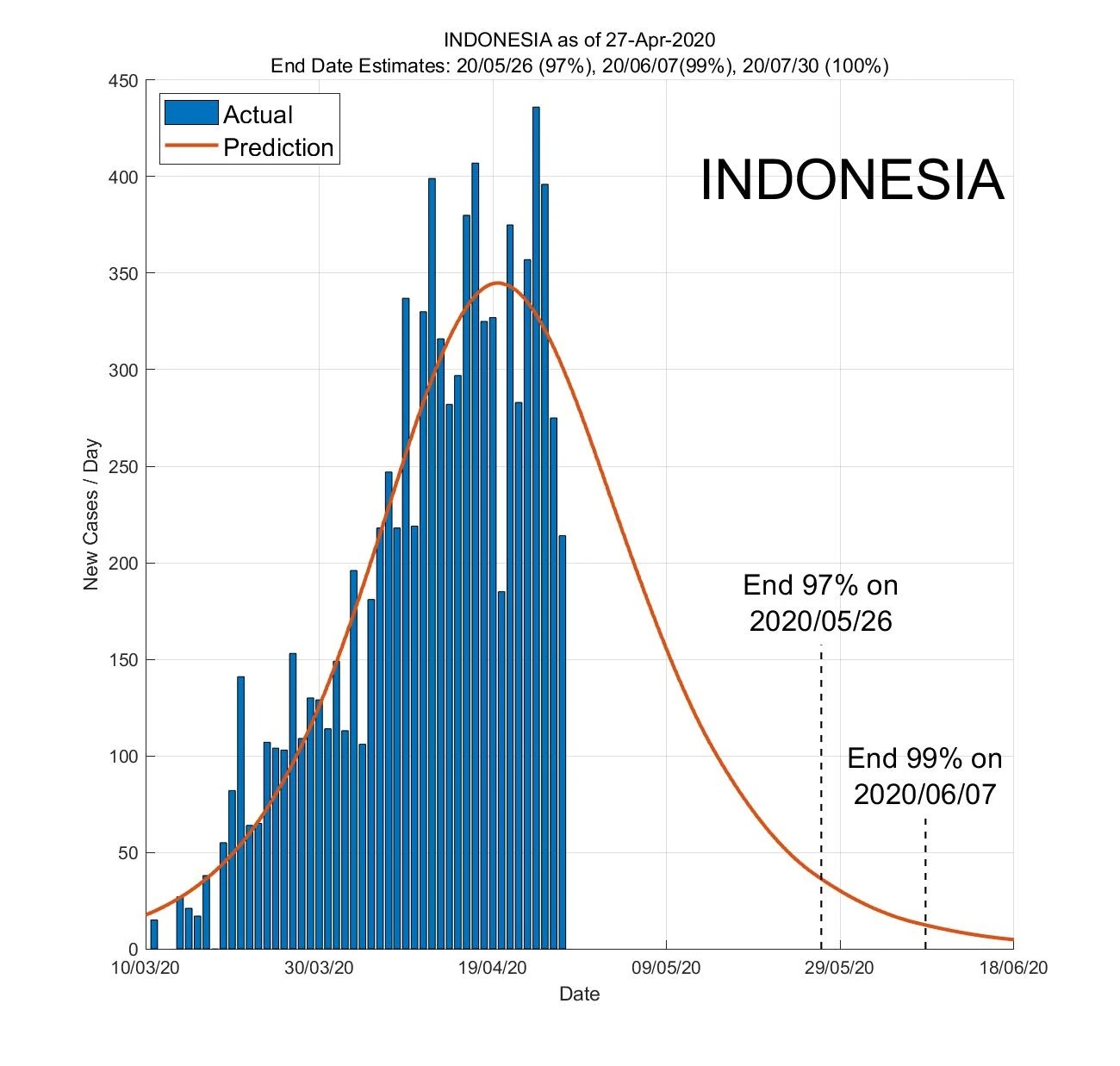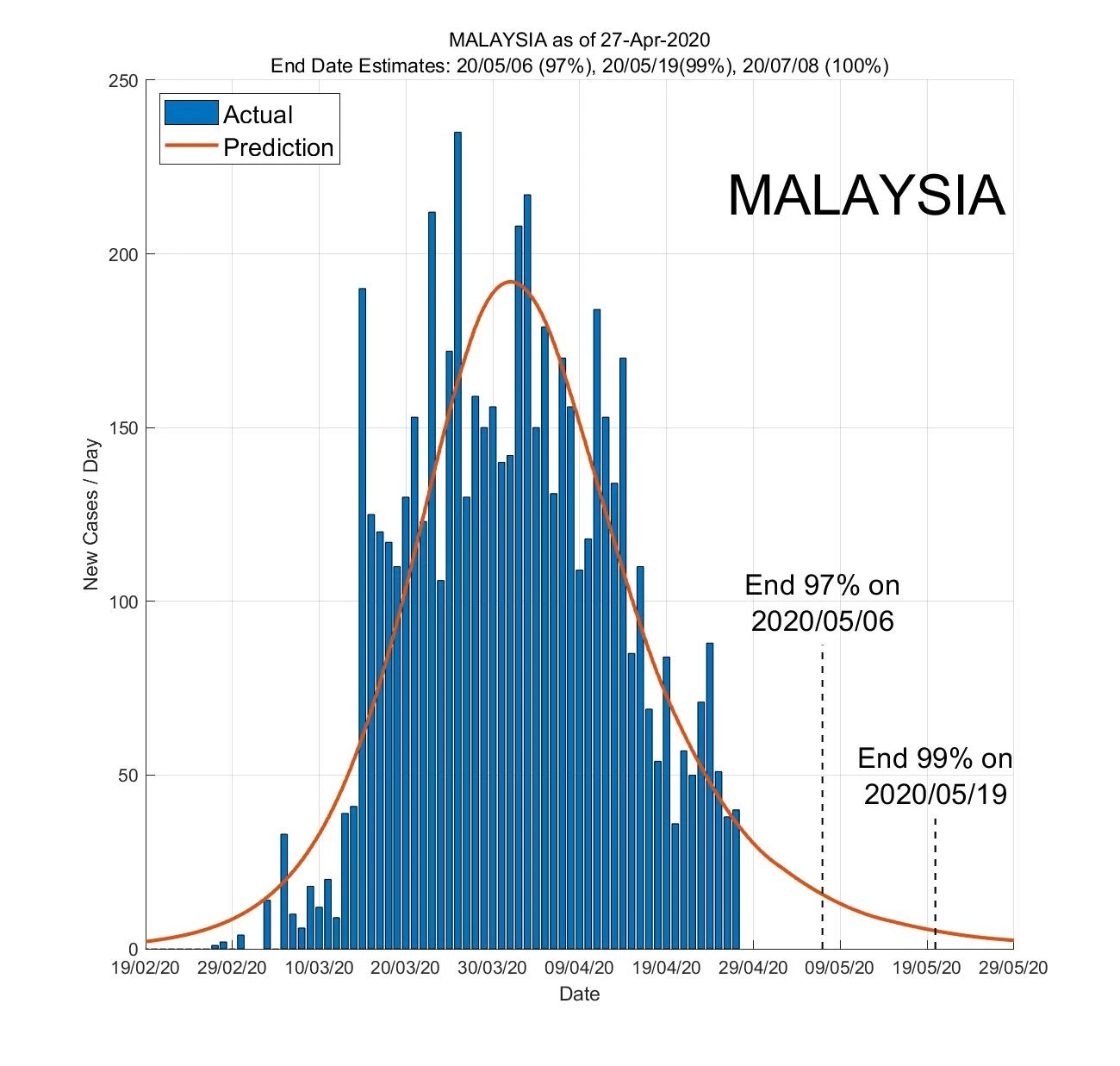Employees, companies welcome WFH setup as ‘new norm’ evolves
With the government extending the enhanced community quarantine to May 15 in select regions, provinces, and cities, including Metro Manila to mitigate the spread of the coronavirus, the Philippines is joining the worldwide trend of encouraging people to work from home (WFH) wherever feasible to intensify social distancing.
Research recently released by Lenovo shows that employees and businesses are adapting to work from home arrangements, with smart technologies having already enabled the rise of a global workforce that stays connected in a work-from-anywhere world.
“Our survey suggests that the employee experience was already changing before the pandemic hit,” said Michael Ngan, president and general manager of Lenovo Philippines. “For example, in the past 15 years, the number of those regularly working from home has grown 159% in the US and the same increase is happening in other markets. While our current situation is extraordinary, we are seeing a real willingness from workers to adapt and adopt flexible work arrangements. This confirms that corporate technology investments are paying off, as most people now feel productive at home and believe that the workforce will move more in this direction once the crisis has passed.”
The Lenovo study, which looked at employee attitudes towards WFH in China, Japan, Germany, Italy, and the US, found that a majority of employees (87%) felt at least somewhat ready to make the shift to WFH when required. Most had already been either encouraged (46%) or required (26%) to WFH as part of COVID-19 mitigation measures as these countries were among the most hardly hit by the pandemic. Furthermore, 77% expect that companies will either encourage or at least be more open to letting staff work remotely in the future.
Telecommuting in the Philippines
Even when the quarantine is lifted, the Philippine government is expecting reduced economic activity as a result of the public’s hesitation to engage. In addition, a pro-work from home stance has already been raised as a solution to traffic woes, particularly in the capital region of Metro Manila. The Telecommuting Act (R.A. 11165) was signed into law to allow employees to conduct work at home or remotely outside the workplace.
The move to telecommuting is also a welcome development to the nation’s rising gig economy which thrives on hiring employees on a flexible and freelance setup through online platforms. The Philippines currently ranks sixth in the world and is the fastest-growing market for the gig industry, revealing a 35% year over year growth in freelance earnings as reported in financial services company Payoneer’s 2019 Global Gig-Economy Index.
With the freedom to work anywhere, flexible schedules, the opportunity to prioritize work according to personal schedules, plus the ongoing pandemic, the gig economy in the Philippines is expected to see tremendous growth this year. All these reiterate the need for companies to invest in smarter mobile technologies designed to bolster employee productivity at home or outside the office.
Smarter technology, digital natives
Worldwide, the rapid adoption of WFH policies has been made possible by the increasing sophistication and affordability of smart mobile technology, which has enabled many employees to work when away from their desk.
Changing workforce demographics play a part too. The Millennials and Generation Z employees who make up nearly 60% of the workforce today grew up with video on demand, networked video games, and video communication platforms. These digital natives are driving the development and adoption of technology for remote working and collaboration.
The ‘race for talent’ has also put organizations under significant pressure to rethink their workspace, technology, and culture to attract and retain the best people. A 2018 Harvard Business School global study of 6,500 business leaders found that over 60% predicted that employee expectations for flexible working will significantly affect the future of work.
A human resources consulting firm recently revealed that a majority of employers are still hiring talent, despite the anticipated business impact from the coronavirus outbreak. In late February 2020, 44% of respondents said that they already offer remote working as an employee benefit to either all of their staff or select employees and functions.
“At a time when all companies need to navigate uncertainty and keep their business running, technology enables them to keep moving forward. Companies need to adjust now and ensure their employees have the video tools, technology, and training required to succeed today and in a future where more remote working may be the norm,” Mr. Ngan added.
Lenovo’s Tips for a Productive Remote Workforce
– Get the tech in place: The team will need the right technology for remote work. Laptops need to be easy to carry, seamlessly integrated with the corporate infrastructure, and installed with video conferencing technology and other collaboration tools. Accessories like noise-cancelling headphones and additional large monitor could also be essential for some workers.
– Hold a team meeting at the same time every day: When teams are working remotely, there’s nothing more important than ongoing communication. Going beyond official emails and work updates, a scheduled team meeting to discuss daily priorities will help everyone stay on track.
– Make video conferencing the new normal: Video conferencing and content-sharing tools keep employees connected across town or around the world and help them avoid feelings of isolation. Employees appreciate the engaging style of video, but they need to have the right technology and the confidence to use it.
– Keep a team chatroom open all day: A single open group chatroom will likely see more chatting than the video channel because it allows more casual shop talk, water-cooler chats, and late night ‘you had to be there’ jokes. Younger professionals will be especially comfortable in this medium, helping others to get on board.
Encourage flexible work schedules: As COVID-19 impacts schooling, childcare and other services, let your workforce know that you understand that they may be juggling work and home responsibilities in new and challenging ways.


 Singapore – The city state of Singapore has a 97% chance of seeing the virus end by May 9, 99% on May 15, and 100% by June 10.
Singapore – The city state of Singapore has a 97% chance of seeing the virus end by May 9, 99% on May 15, and 100% by June 10. Philippines – According to the AI algorithm, the Philippines is 97% likely to see the virus end by May 12, 99% by May 23, and might be 100% virus-free by July 8.
Philippines – According to the AI algorithm, the Philippines is 97% likely to see the virus end by May 12, 99% by May 23, and might be 100% virus-free by July 8. Indonesia – Indonesia is seen to have a 97% probability of the virus ending by May 26, 99% by June 7, and 100% by July 30.
Indonesia – Indonesia is seen to have a 97% probability of the virus ending by May 26, 99% by June 7, and 100% by July 30. Malaysia – According to data, the algorithm estimates that Malaysia has a 97% chance to see an end to the virus by May 6, 99% on May 19, and 100% on July 8.
Malaysia – According to data, the algorithm estimates that Malaysia has a 97% chance to see an end to the virus by May 6, 99% on May 19, and 100% on July 8. Vietnam – Vietnam has a 97% chance of seeing the pandemic end in their country by April 18, 99% on April 29, and 100% by May 14.
Vietnam – Vietnam has a 97% chance of seeing the pandemic end in their country by April 18, 99% on April 29, and 100% by May 14.